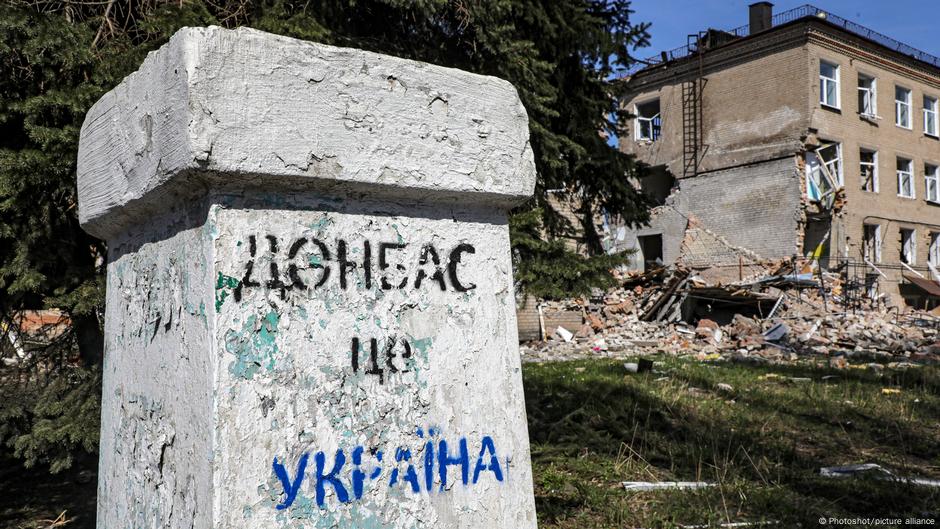
"In their meeting in Alaska on Monday,Russian President Vladimir Putin and his US counterpart, Donald Trump, are reported to have agreed that Ukraine should cede Donetsk and Luhansk. Putin wants Ukraine's armed forces to withdraw completely from the areas. In exchange, he would freeze the fighting along the rest of the front line particularly in the southern Ukrainian regions of Kherson and Zaporizhzhia, which are currently largely occupied by Russian forces."
"Though the Crimean Peninsula was only transferred from Russia to Ukraine in 1954 by the Soviet leader Nikita Khrushchev a source of dispute in Russia to this day the Donetsk and Luhansk regions have been part of Ukraine since the founding of the Ukrainian Soviet Socialist Republic in 1919. And, for a long time, this was undisputed. The Donbas has long had a strong Russian character."
"As early as the 19th century, and in Soviet times later, it was an industrial heartland, rich in natural resources. As the coal-mining, steel and chemical sectors were developed in the 20th century, people from all over the Soviet Union, above all from Russia, moved here in search of work. Even before 2014, a clear majority of the population spoke Russian;"
Putin and Trump reportedly agreed in Alaska that Ukraine should cede Donetsk and Luhansk, with Ukrainian forces withdrawing and fighting frozen elsewhere, especially Kherson and Zaporizhzhia. Putin frames Donetsk and Luhansk as historically linked to Russia and part of the Soviet legacy, while constitutional law assigns the region to Ukraine and that status predates recent disputes. Crimea was transferred to Ukraine in 1954 by Nikita Khrushchev, but Donetsk and Luhansk have belonged to Ukraine since 1919. The Donbas grew as an industrial heartland, attracting workers from across the Soviet Union and maintaining strong linguistic and political ties to Moscow.
Read at www.dw.com
Unable to calculate read time
Collection
[
|
...
]